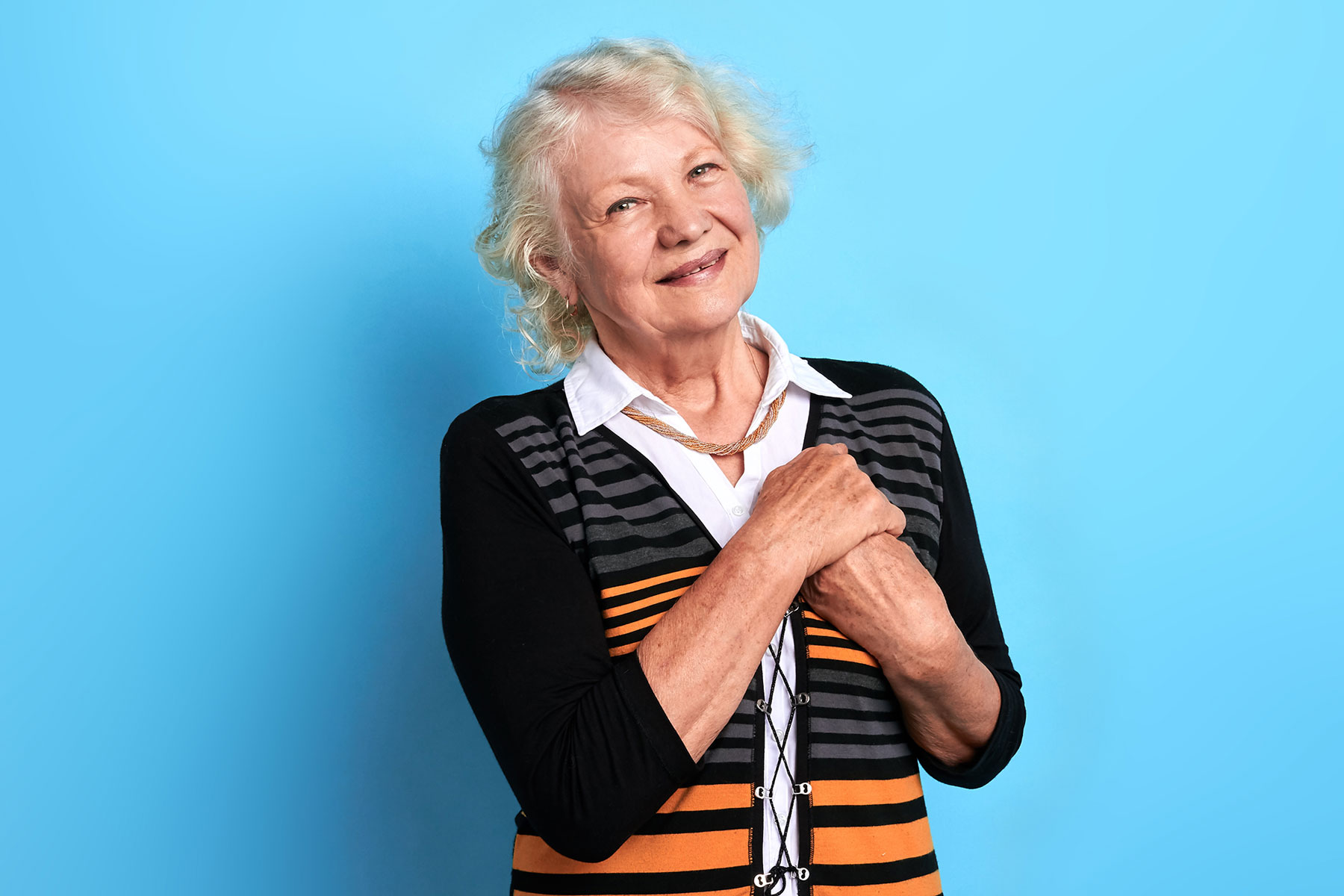Third in a Four-Part Series: How to Create Value for Your Donors
 You know what it feels like. You meet someone for the first time, and you have a casual conversation with them. About a month later, you see this person again, and they greet you by your first name and bring up something you talked about in that previous conversation and ask you how you’re doing.
You know what it feels like. You meet someone for the first time, and you have a casual conversation with them. About a month later, you see this person again, and they greet you by your first name and bring up something you talked about in that previous conversation and ask you how you’re doing.
You’re amazed because you realize this person was not only listening to you back when you had that first conversation, but they’ve also been thinking about you. You feel known.
As a major gift officer, this is how you want the donors in your portfolio to feel – known.
In my earlier posts around creating value for donors, I talked about thanking and reporting back on the impact of a donor’s gifts. But this aspect of your work is about building a relationship of trust and helping the donor feel cared for.
To do this well, you’ll need to show the donor that you know them and that you have their best interests at heart.
It really starts with listening to your donor and being aware.
I love the story that Frank Mumford, a major gift officer with the Twin Cities United Way shared with Richard and me on an episode of our Nothing But Major Gifts Podcast. Frank was sitting in a donor’s office and noticed the donor had sculptures and prints of dolphins in his office.
Frank kept that in mind.
A few weeks later Frank saw an article about dolphins and sent it to the donor. Since that one little act, Frank has been able to meet with that donor multiple times, and now the donor always answers Frank’s emails.
Why? Because Frank showed the donor value by letting the donor know he was listening to him and that he was known by him. This creates trust and openness from the donor – a simple act – with a powerful impact on the donor. But while it was a simple act, it takes discipline and focus to pull that off with each of your donors.
This is why, when you’re creating your strategic plan for the year with each donor, you also have to schedule some of these personal touch points throughout the year. You also have to allow for spontaneous things to come up that you know will impact the donor in a personal way.
Frank only picked up on his donor’s love of dolphins because he took the time to observe the donor’s surroundings. That takes discipline and focus.
I suggest you do an exercise with your portfolio and review each donor. Ask yourself:
- What do I know about this donor other than their giving history?
- What is this donor interested in?
- What do they care about?
- What do they love to do?
Next, make it your goal to answer these questions for each of your donors. Listen to your donors. Record that information in your database. Then plan some great touch points for your donor in your strategic plan.
You’ll see a difference in how your donor responds to you because you’re creating value for the donor. You are, step-by-step, creating greater trust with your donors because they see you as taking the time to understand who they really are.
Gaining the trust of each of your donors means everything for you to be successful. (Tweet it!)
Jeff
Read the full series:
- How to Create Value for Your Donors #1: Thanking Donors Appropriately
- How to Create Value for Your Donors #2: Reporting Back a Donor’s Impact
- How to Create Value for Your Donors #3: Show the Donor You Know Them (This post)
- How to Create Value for Your Donors #4: Knowing Your Donor’s Passions and Interests






A dear friend sent this blog to me as I was not familiar with your organization. Yet, I built the largest referral training software firm in the world and this message looks like I could have written it. Well done. It is the exact method that I used to help guide team members of The Tom Landry Assoc. to huge success in building a large and active major donor program. Keep up the great work!